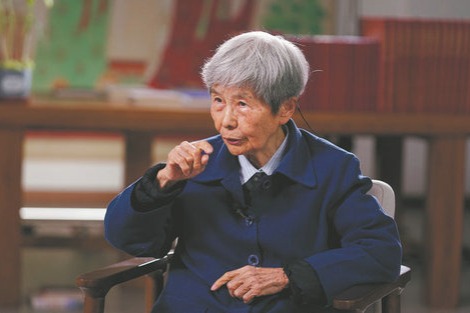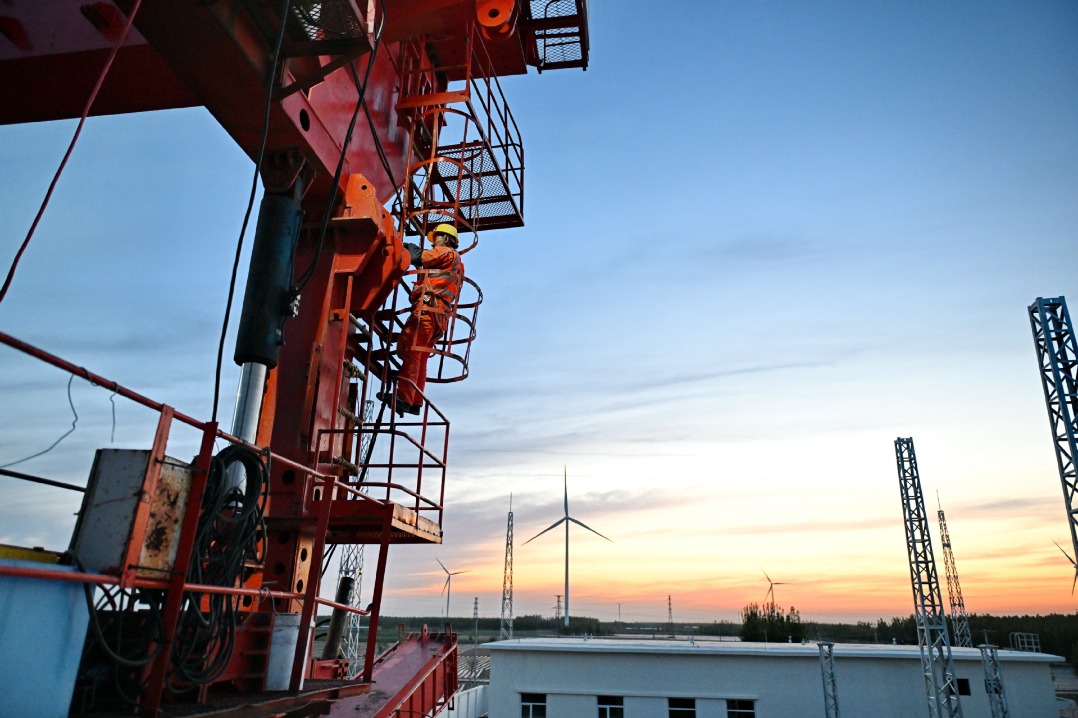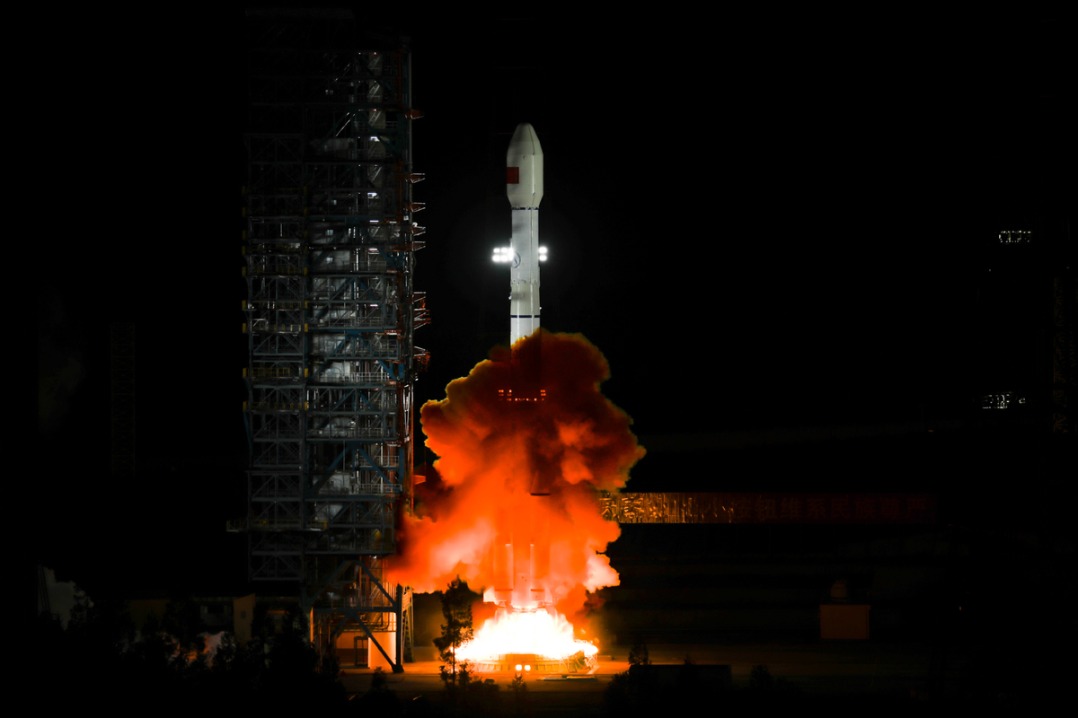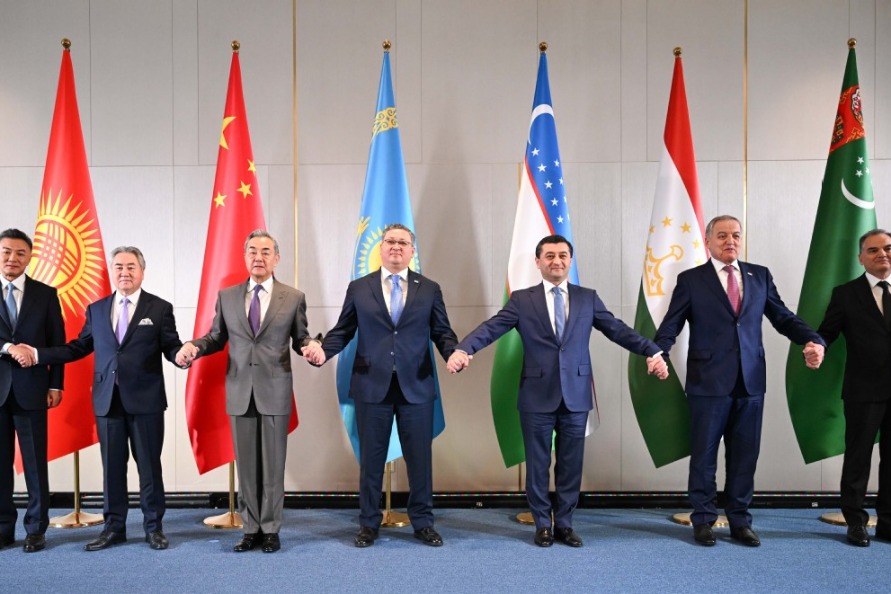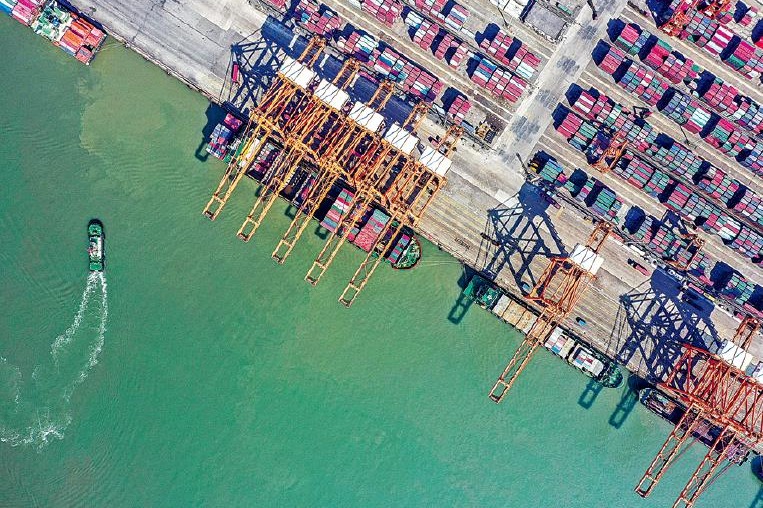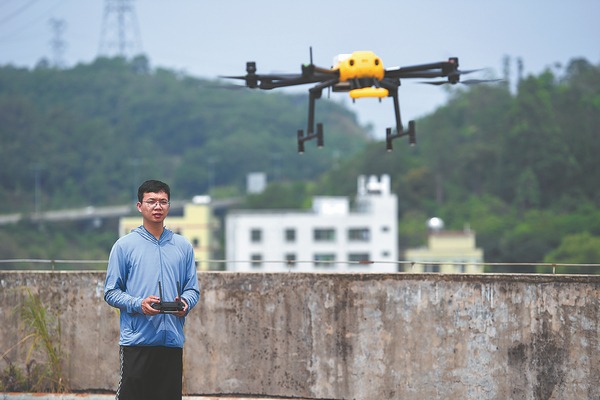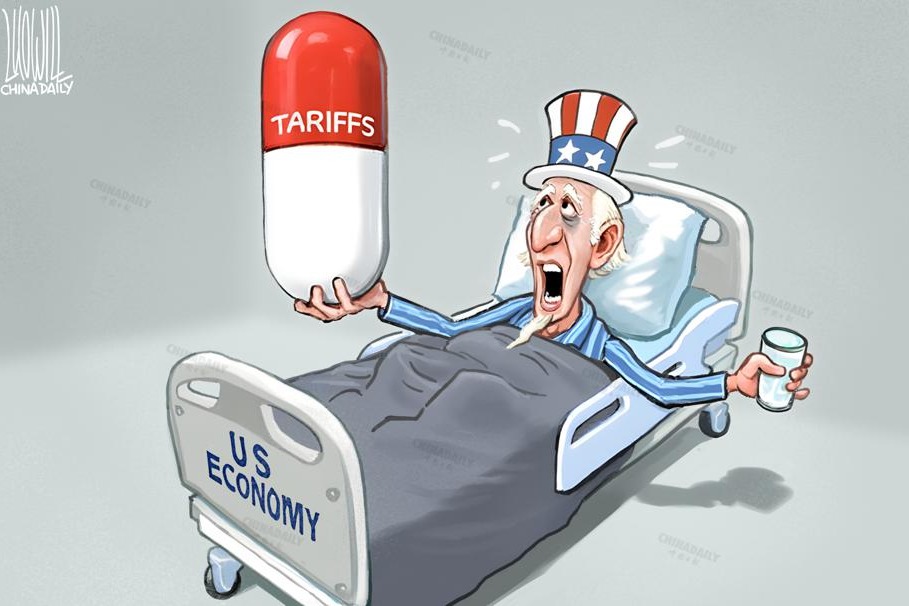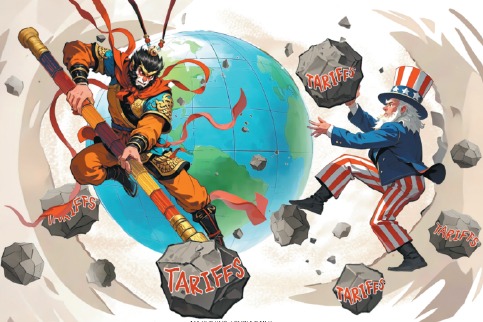Eastern wisdom seen through China-Vietnam cooperation


President Xi Jinping's visit to Vietnam among other countries in Southeast Asia in mid-April is significant because this year marks the 75th anniversary of the establishment of diplomatic relations between China and Vietnam. Through the changing times the two neighboring socialist countries have maintained strategic stability in bilateral relations.
As the world enters a new phase of industrial restructuring, technological revolution, and geopolitical shifts, the deepening of China-Vietnam relations is not only crucial for both countries but also emerging as a model for South-South cooperation.
President Xi's visit deepened political trust and expanded comprehensive cooperation, which will promote the building of a community with a shared future between the two countries. According to a joint statement, China and Vietnam will strengthen cooperation in political trust, economic and supply chain cooperation, cross-border infrastructure, dispute management and security cooperation.
In 2024, bilateral trade between China and Vietnam reached $260.65 billion. China has been Vietnam's largest trading partner for 20 consecutive years, while Vietnam has become China's fourth-largest trading partner.
As China transitions to a more technology-intensive manufacturing sector, Vietnam has absorbed labor-intensive industries, creating a synergistic model of "research and development in China plus manufacturing in Vietnam". China supplies 70 percent of Vietnam's imported integrated circuits, while Vietnam exports smartphones and textiles enhanced with Chinese technology.
Their cooperation goes beyond simple complementarity. LONGi Green Energy, China's leading solar panel manufacturer, has established a smart photovoltaic industrial park in Bac Giang province of Vietnam, promoting Vietnam's new energy sector. Meanwhile, Vietnamese electric vehicle brand VinFast uses batteries from China's CATL for products sold in the European market.
The two countries have also signed agreements allowing Vietnam to export fresh coconuts, frozen durians and farmed crocodiles to China.
In 2024, Vietnam's trade deficit with China reached $82.8 billion. The technological gap and value-added disparity between China's exports of machinery and integrated circuits and Vietnam's exports of consumer goods underscore Vietnam's urgent need for industrial upgrading.
Meanwhile, the friendshoring strategies adopted by the United States and Europe, under which supply chains are rerouted to politically and economically safe countries, are creating competition for China in electronics and textiles. Samsung investing billions of dollars in Vietnam and the EU-Vietnam Free Trade Agreement are also reshaping regional industrial chains.
China and Vietnam thus need to adopt deeper cooperation models. In 2024, China imported 20.06-billion-yuan ($2.75 billion) worth of Vietnamese fruits such as durian, jackfruit, and dragon fruit through the Youyi Pass on the China-Vietnam border in Pingxiang, South China's Guangxi Zhuang autonomous region.
China-Vietnam relations are developing within the framework of ASEAN regional cooperation. The China-ASEAN Free Trade Area 3.0, negotiated in 2024, includes zero tariffs on digital products and cross-border data flow rules for the first time.
Meanwhile, a smart agriculture plan under the Lancang-Mekong cooperation mechanism is building a food security network. From January to August 2024, the alignment of the Two Corridors and One Economic Circle with the Belt and Road Initiative attracted $1.97 billion in Chinese direct investment to Vietnam. Cooperation is promising in electronics and green energy, too.
China and Vietnam also signed a memorandum of understanding in cross-border e-commerce with unified consumer protection standards, including online arbitration platforms for cross-border disputes. The Lancang-Mekong Environmental Cooperation Strategy and Action Framework (2023-27) explores ecosystem management and biodiversity protection cooperation.
What's more, China and Vietnam will work hard on dispute management and security cooperation. They have organized joint patrols and established a direct military hotline in the Beibu Gulf area. They will increase restraint on the South China Sea issue, enhance border management, combat cross-border crime, and facilitate border trade. Both sides agree to deepen high-level defense dialogues and cooperation, jointly maintain regional peace, and oppose hegemonism.
China and Vietnam can make the best of opportunities by incorporating Chinese-style modernization into Vietnam's Doi Moi (renovation) policies. Deeper cooperation in cross-border infrastructure will reduce trade logistic costs, making them good models for ASEAN connectivity.
The two countries will leverage their potential in manufacturing electronics, textiles, and auto parts to upgrade industry chain collaboration. Creating a regional supply chain alliance can elevate their position in the global supply chain and expand their market.
Deeper cooperation in dealing with climate change, green energy, digital transformation, and smart agriculture is also important for the two countries.
At a time when the world stands at a critical crossroads, the 75-year development of China-Vietnam relations proves that socialist neighbors can transcend geopolitical competition traps and create new cooperation paradigms through communication.
Bilateral relations are transitioning to a new type of international relations, demonstrated by the 15-minute customs clearance at smart border ports, joint ecological governance in the Red River Basin and rule-making on the Digital Silk Road, etc.
The community of shared future between China and Vietnam will not only benefit their peoples but also provide Eastern wisdom for the progress of human civilization.
The author is the deputy director of the School of International Relations at Beijing International Studies University.
The views don't necessarily represent those of China Daily.
If you have a specific expertise, or would like to share your thought about our stories, then send us your writings at opinion@chinadaily.com.cn, and comment@chinadaily.com.cn.
















